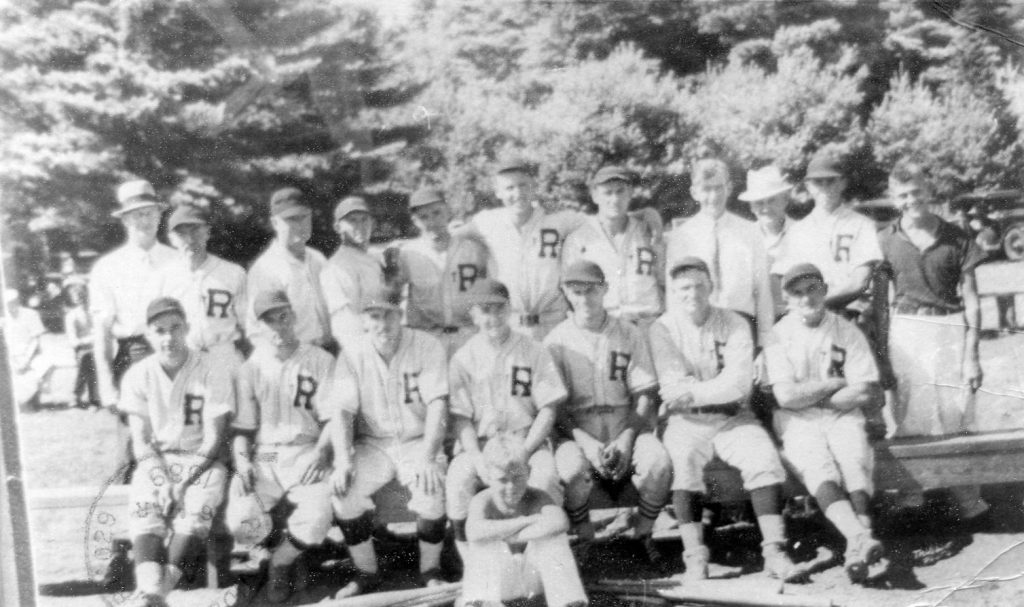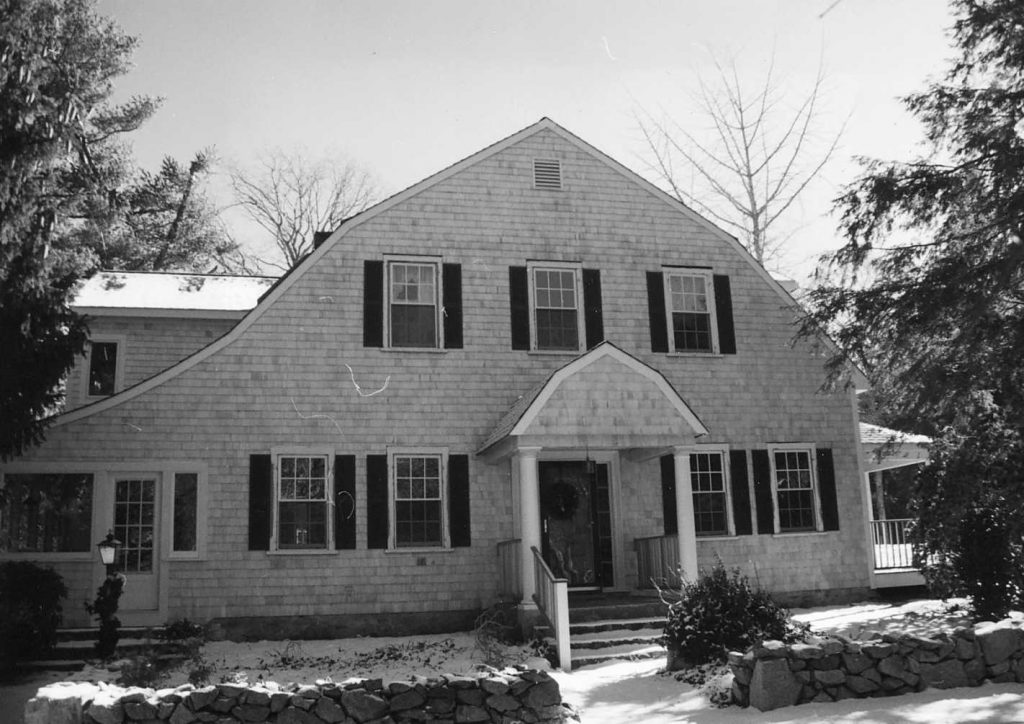As Major League Baseball attempts a season start amid the pandemic, sports writers have spent a lot of ink on how the game has lost its number one national sports ranking. However, if we look back to the 1920s-40s, there was no question about baseball being number one in the hearts and minds of the Southcoast. While people definitely followed the Red Sox, many towns during this time period had their own teams that competed against area opponents in both home and away games. These games attracted large crowds and were must-see events when certain rivals came to town.
William (Bill) Watling Sr. was an excellent athlete in several sports at New Bedford High School. Prior to World War II, he played semi-pro baseball in Canada. He was said to be one of the best players to ever come out of New Bedford. For years, people who watched him play or played against him told stories of his prowess. However, even though he moved to Rochester after marrying Louise Hartley and became an integral part of the community, in the days of the town teams, he was an opponent of Rochester.
In 1993, The Sentinel Newspaper interviewed Leo Lizotte and his wife, Edith for an article headlined “When Baseball Was King”. Lizotte was a member of the Rochester town team, which he said was “the stuff that legends were made of”. According to Leo, it was a team with many players who could have played pro ball. He said, “Everybody loved the Rochester team. They called us the farmers.”
While some towns dreaded having the Rochester team come to town, sensing utter defeat, others would offer to pay their travel expenses just to have them play in their town. The team was also referred to as the Hartleys because according to Edith Lizotte, it seemed as though at least half the team came from that large family. She said that her brother-in-law from Berkley said that “every time the Hartleys came to town, we got beat”.
From the 1920s through the 1930s, the Rochester team steamrolled their opposition. The 1937 team had a record the envy of the Red Sox and in 1938 lost only one game. This success was in part due to their pitchers. Greenwood, Merton, and Edwin Hartley had pitches that confounded batters.
The 1937 team included Max Gifford, manager, Harold Reed, Edwin (Pop) Hartley, Ken Knight, Henry Cebula, George Reed, Ralph Rounseville, business manager, Bart Dunham, George Reed’s father, James Knight, Robert Doane, Ernie and Oscar Ferand, Leo Lizotte, Warren Doane, Stanley Gonet, Greenwood and Merton Hartley, and the batboy, Greenwood (Sonny) Hartley, Jr.
When Leo Lizotte spoke of Pop Hartley, he said that when he pitched, “You could see it coming. You’d say I’m going to kill that thing, and then it would dip under the bat. When I met my college roommate’s father who lived in Fairhaven, almost the first thing he asked me was whether I was related to Pop Hartley. I had to ask my mother and she said yes.”
Town baseball was great entertainment and Lizotte, who moved to Rochester after his marriage to Edith, remembered that when he was a boy in the 1920s, his father would tell him to hurry down to Buttonwood Park and to save him a seat in the grandstand, because “Rochester was coming to town”.
Even though town teams have given way to other versions, there is still baseball in Rochester, with families gathering to watch games often in Gifford Memorial Park. Raynor Gifford was quite a lefty slugger in his youth and when the land for the ballfield was donated by the Rounsevilles, he donated the building and property adjacent to the field.
So, I don’t know about you, and I don’t care what sports writers think, I still see baseball as the game of summer and you can still see it played on fields everywhere. Play ball!
Note: In regards to the Town of Hardwick, my source was half-right in that the actual land that had been Hardwick is under the waters of the Quabbin, but the town and its people picked up and moved to a new location, which is Hardwick today.
By Connie Eshbach


